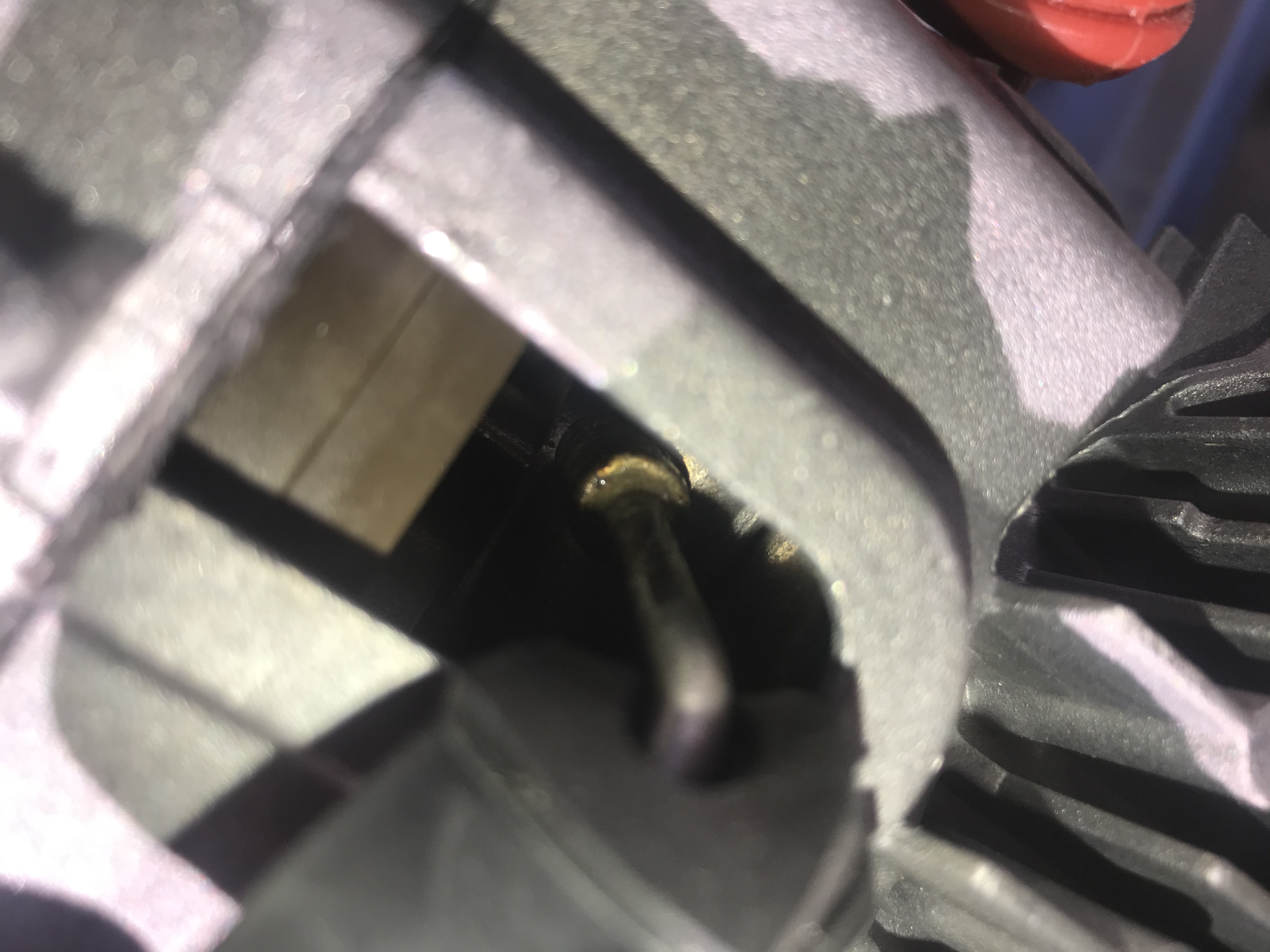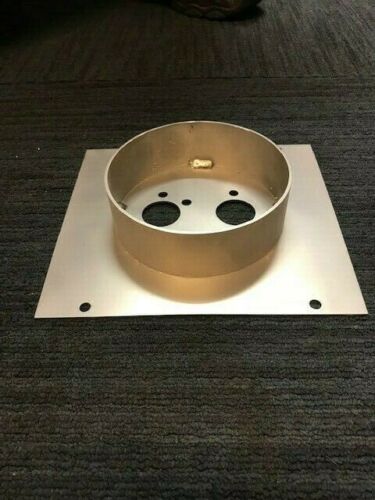We’re now in April 2023 as I write this post, it’s been 9 days since I left the UK post Brexit in a van and I wanted to share my experiences and thoughts so other travelling friends may find some useful tips when leaving the UK for the continent.
I have to say I was wholly unprepared for this trip, between work, finishing the current van (or trying to) I left a lot of things until the last minute, this included getting a crit’air for France (if you need one click here, don’t go via 3rd party websites), booking a ferry or tunnel, buying travel insurance and sorting a sim amongst other things!
Schengen Shuffle
My first mistake on this trip was believing I had 90 days of travel within the Schengen area, sadly as I went to Poland for 10 days over Christmas and had 4 days in Prague for my birthday in January I am down to 76 days within the zone before I have to leave for a minimum of 30 days, the period is a rolling 180 days so when you leave the zone border control will work back to see how many days within the 180 you’ve remained in the Schengen area.
There are ways you can stay in Europe without remaining in the Schengen zone, Croatia has recently joined so that’s no longer a safe haven but if you travel east you can dip in and out of Romania, Bulgaria, Montenegro, North Macedonia, Armenia, Serbia Bosnia & Herzegovina, Moldova and Turkey are all countries which are not part of Schengen zone, diving between these countries and Schengen countries you could remain outside of the UK indefinitely if you wanted to without having to apply for extra visas.
Ferry or tunnel?
I was originally planning to take the ferry from Portsmouth to Santander so I could miss France and get straight to the warmer regions, I checked the prices and after factoring in fuel to Dover and then through France there wasn’t much in it with the ferry costing around £560.00 including a cabin for two nights, ferries from Dover to Calais typically cost around £120.00 for a one way journey in a van and I’d estimated 3.5 tanks of diesel to Santander, at todays fuel prices (£1.65/L) that was going to cost around £448.00, due to work complications I had to cancel the Santander ferry and could not get a cabin on the next sailing, so I decided to go from Dover to Calais I didn’t feel like roughing it in the public spaces trying to sleep for 2 nights in a row!
Euro tunnel used to hold a frequent traveller pass for the tunnel making each crossing around £65.00 in a camper van, you had to put around £500 down up front to get the base tickets but sadly Euro Tunnel have now stopped offering this service, I love using the tunnel because it’s so quick and effortless, you drive on, sit in your car, have data service for the journey and you’re in France in around 25 minutes however when booking with short notice there seems to be a huge difference in prices, if you book in Advance the tunnel seems to be around £20/30 more, if you book last minute it’s around £100.00 more.
Mobile data plans
Gone are the days where you can just turn on data roaming and enjoy using your plan as you would in the UK on most plans, I did some googling before I left and realised that Lebara who operate on the Vodafone network still offer data roaming at very good prices, I stopped at a shop in Dover and my girlfriend ran in to buy 2 sim cards, these were just £1.00 each, as we got onto the ferry I began trying to set my sim up, I set up an online account, purchased a package and then realised I didn’t have a pin to open the sim tray in my iPhone, I thought I’ll just sort it when I get to the other end, I’ve purchased the plan now it’ll be fine, WRONG! You must activate the service and carry out some kind of activity within the UK before you leave, sending a text, making a call or accessing the internet. I managed to find an eSim deal online which has enabled me to get a UK number with roaming for 30 days, after this I’ll take a local sim in Spain or Portugal as most EU sims allow data roaming, then I’ll make sure I’m on Lebara when I go back to the UK.
If you’re thinking about getting a Lebara sim then click here and you’ll get 50% off for 3 months when you take a 12 month plan.
Taking your vehicle to Europe
You’ll want to check your policy documents to make sure you’ve been issued with a green card which covers the countries you want to travel to, if it doesn’t you’ll need to contact your insurance company and make sure they can provide cover, if you plan to go outside EU countries it may be possible to buy 3rd party insurance like you can do when travelling Morocco however beware this is only the minimum legal requirement to drive in the country and will not cover your vehicle against fire, theft or damage if the accident is deemed to be your fault. Most UK insurance policies cover 90 days outside of the UK but check with your insurer.
If you’re planning to go to EU countries you have no need to get an international drivers permit IDP as long as you hold a valid licence.
Items you’ll want to take with you:
EuroLites headlight reflectors – these are a must to stop you blinding oncoming drivers, they only cost around £8.99 and are easy to install, a lot less than the fine you’ll receive in most countries for not having them!
Warning triangle, this is a must in France!
Hi Viz jacket, something that should probably be a rule in the UK now with the use of smart motorways, if you’re involved in a breakdown these really help you stand out so motorists and emergency service workers can see you.
Fire Extinguisher (dry powder) make sure it’s suitable for electrical, oils and chemicals.
Other than these things not much else seems to have changed, I will be writing more blogs on my European travels with tips, locations and more to help you get the most out of your 90 day journeys on the continent! Until next time, Adios.











































